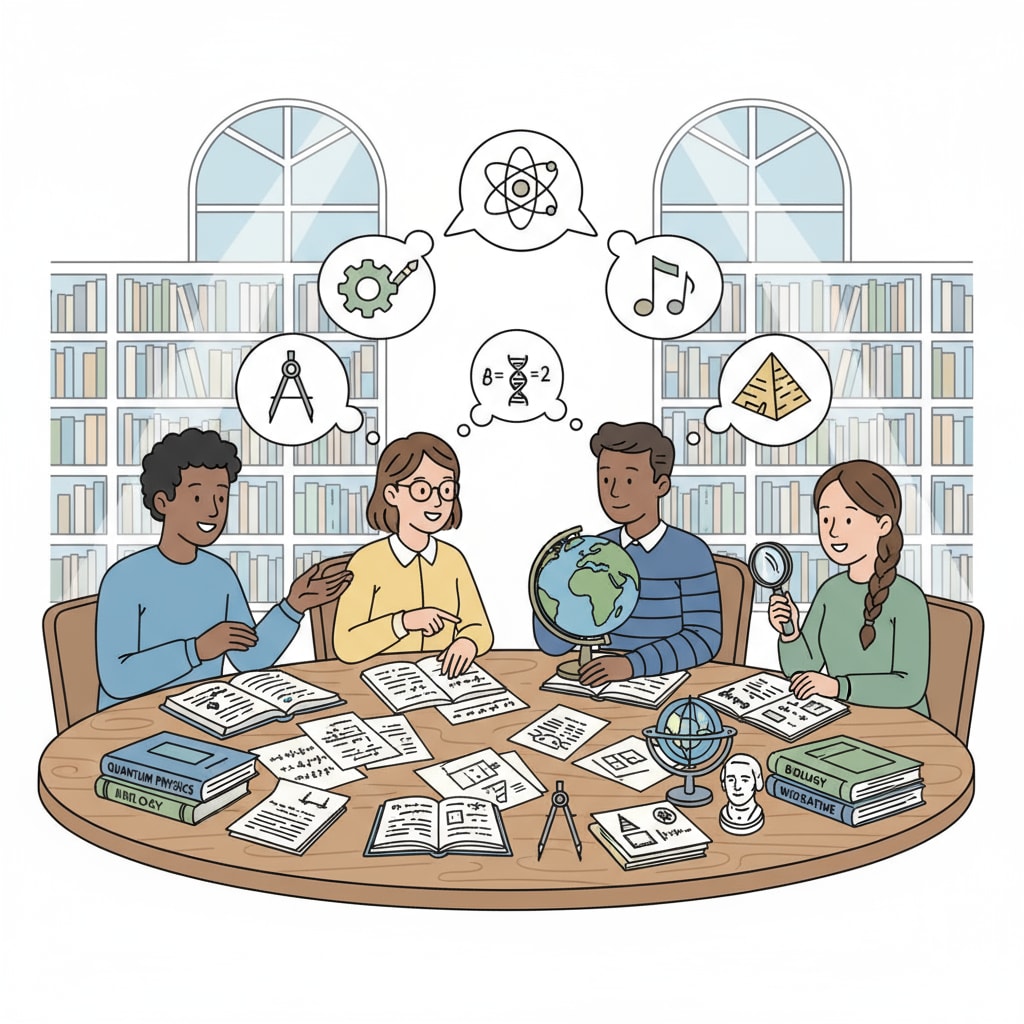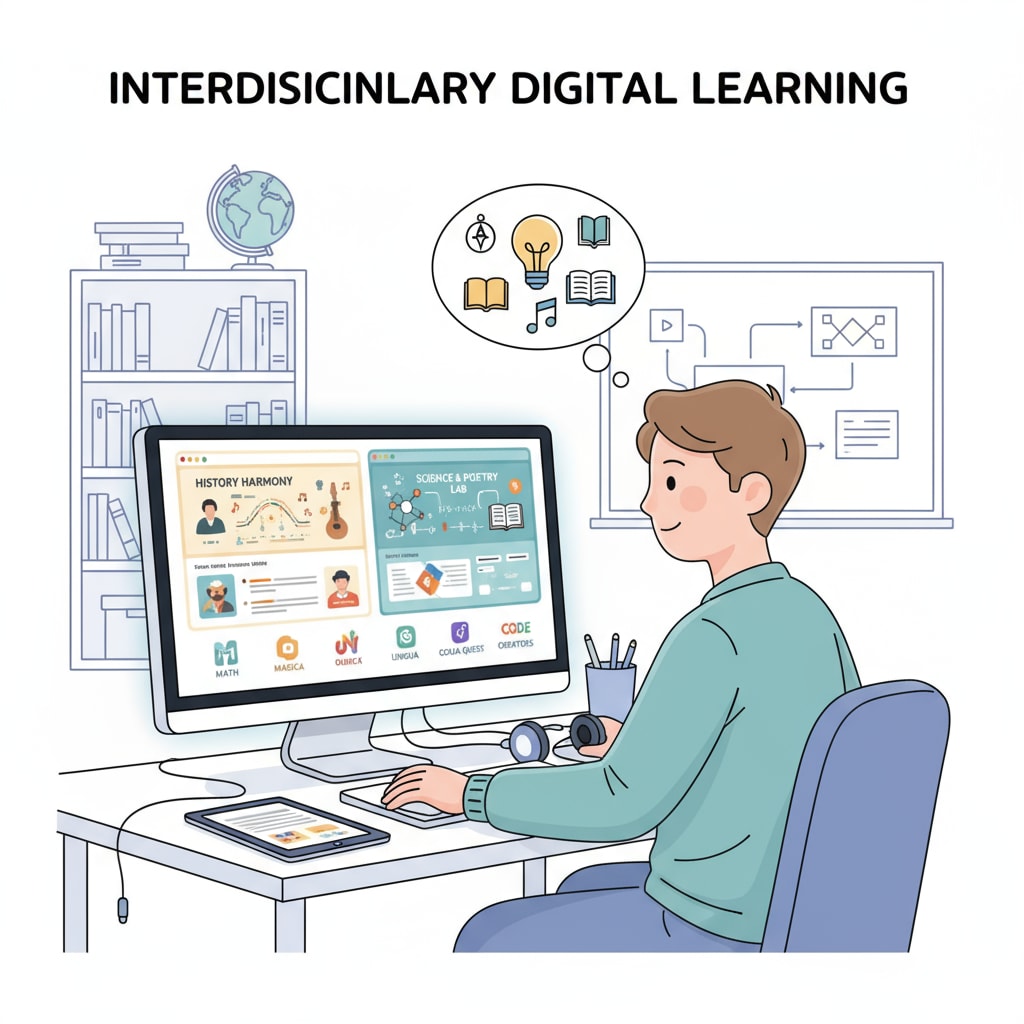In today’s knowledge-driven world, personal curriculum planning, interdisciplinary learning, and learning resources have become crucial elements in K12 education. Interdisciplinary learning, which combines multiple academic disciplines, has emerged as an important trend. This article will explore how to design an effective K12 personal learning plan that incorporates interdisciplinary study, along with its feasibility and resource requirements.

The Significance of Interdisciplinary Learning in K12
Interdisciplinary learning in K12 is of great significance. It breaks down the barriers between traditional subjects, enabling students to see the connections between different fields of knowledge. For example, a project that combines science and art can help students understand how scientific concepts are expressed through artistic forms. According to Edutopia’s research on interdisciplinary learning, this approach enhances students’ critical thinking and problem-solving abilities. When students study history and geography together, they can better understand the impact of geographical factors on historical events.
Feasibility of Creating an Interdisciplinary Personal Learning Plan
The feasibility of an interdisciplinary personal learning plan in K12 is quite promising. Firstly, modern educational systems are becoming more flexible, allowing students to have more autonomy in choosing courses. Secondly, there is a wealth of online learning resources available. Platforms like Khan Academy offer courses across multiple disciplines. Moreover, schools are increasingly supportive of interdisciplinary projects, providing facilities and guidance. However, students may face challenges such as time management. They need to balance the study of different subjects within a limited time frame.

To ensure the feasibility, students should start with a clear goal. They need to identify their interests and career aspirations. For instance, if a student is interested in environmental protection, they can design a learning plan that combines biology, chemistry, and social studies to understand the environmental issues from different perspectives.
Required Learning Resources for Interdisciplinary Learning
Interdisciplinary learning requires a variety of resources. Digital resources are essential. E-books, online courses, and educational apps can provide access to knowledge from different disciplines. Libraries also play a vital role. They offer a wide range of books, journals, and research materials. In addition, schools can organize field trips and guest lectures. A field trip to a museum can combine history, art, and science learning. Guest lectures from experts in different fields can inspire students and broaden their horizons.
Another important resource is peer interaction. Group discussions and collaborative projects allow students to exchange ideas and learn from each other. Teachers, too, are valuable resources. They can guide students in integrating knowledge from different subjects and provide feedback on their progress.
Implementation Strategies for the Interdisciplinary Personal Learning Plan
When implementing an interdisciplinary personal learning plan, students should first create a detailed schedule. Allocate specific time for each subject or project. They can also set milestones to track their progress. For example, in a project that combines technology and literature, students can set a milestone to complete the research on relevant technological advancements within a week.
Regular self-assessment is crucial. Students should evaluate their understanding of the knowledge and skills they have learned. They can use quizzes, essays, or practical projects for self-assessment. Additionally, students should be open to adjusting their plans according to their progress and changing interests. If they find a particular subject more challenging than expected, they can allocate more time or seek additional resources.
Readability guidance: As we have seen, creating an interdisciplinary personal learning plan in K12 is both feasible and beneficial. By carefully considering the required resources and implementing effective strategies, students can make the most of interdisciplinary learning. It is a journey that combines personal curriculum planning, exploration of different disciplines, and utilization of various learning resources to foster comprehensive development.


